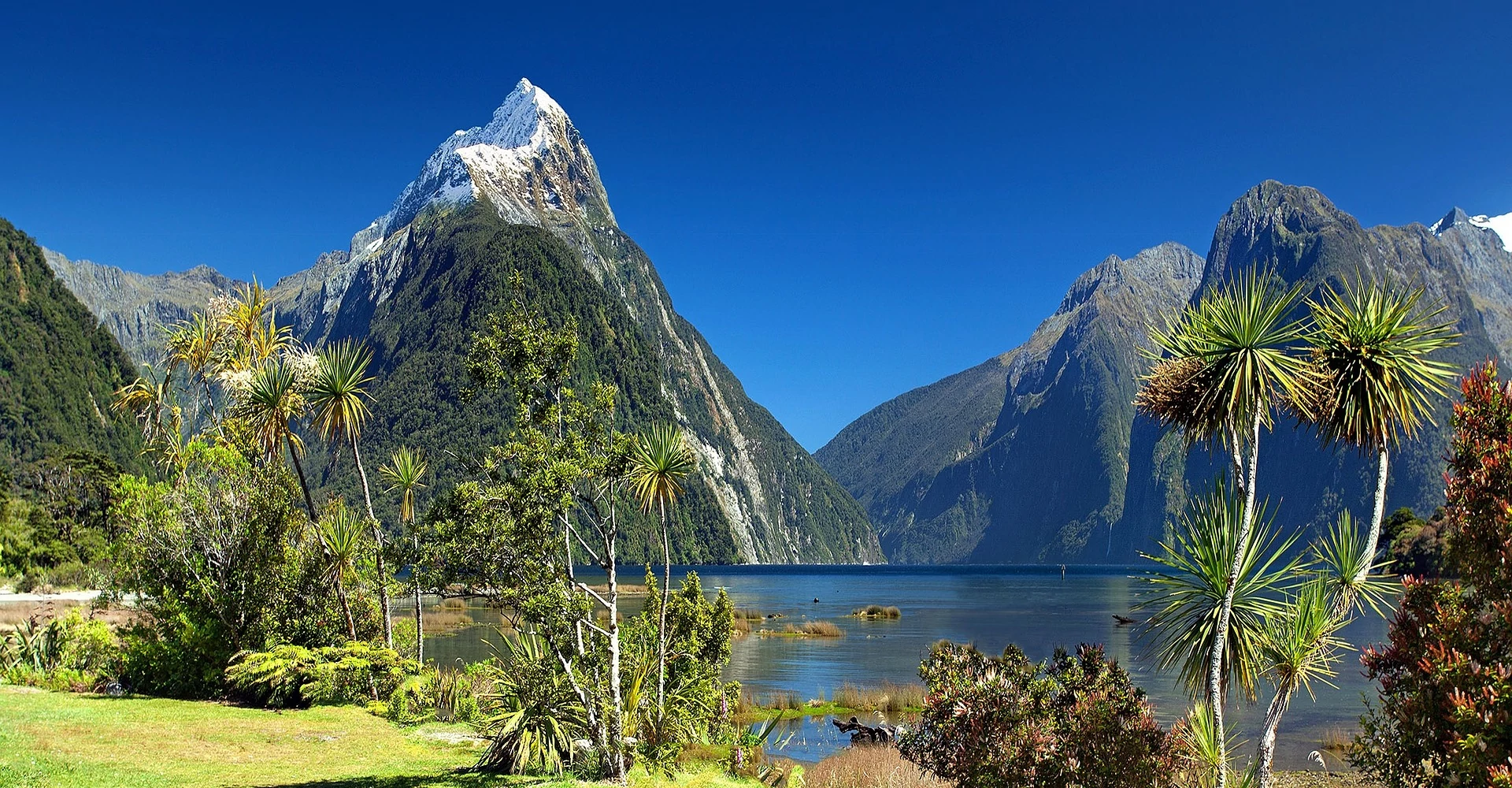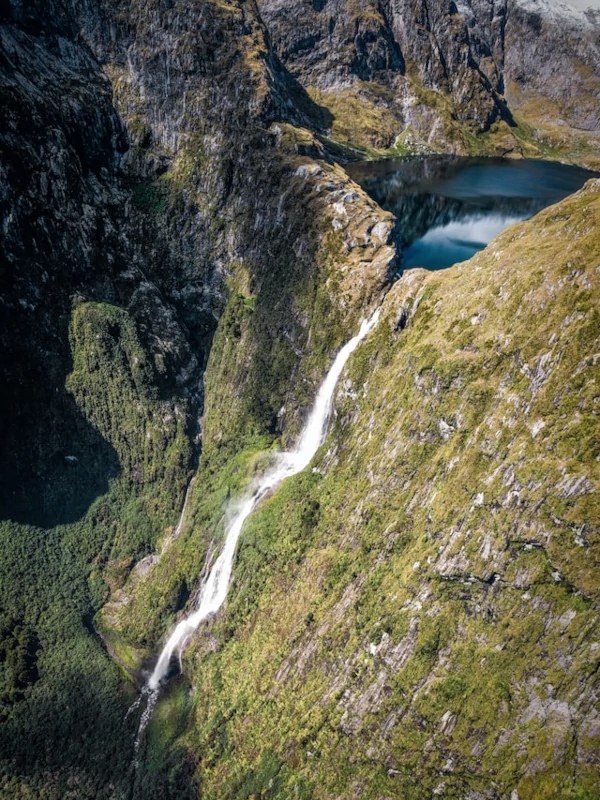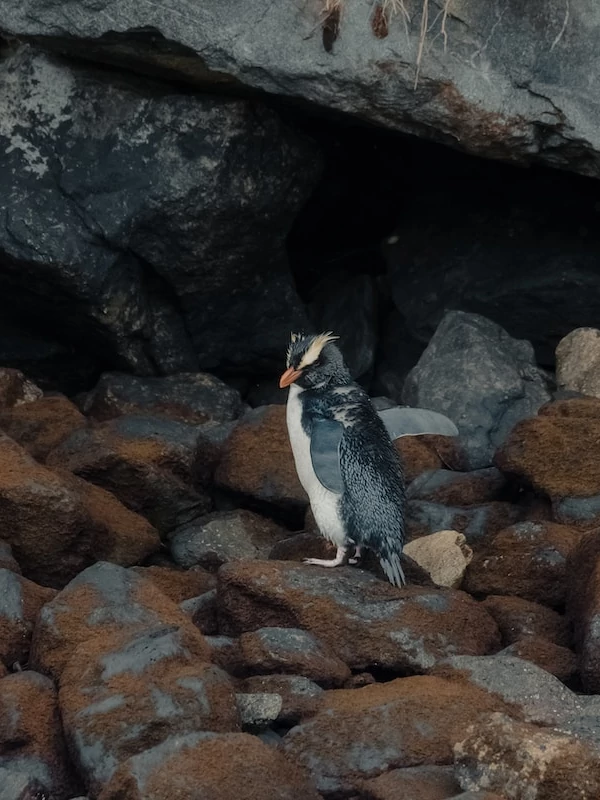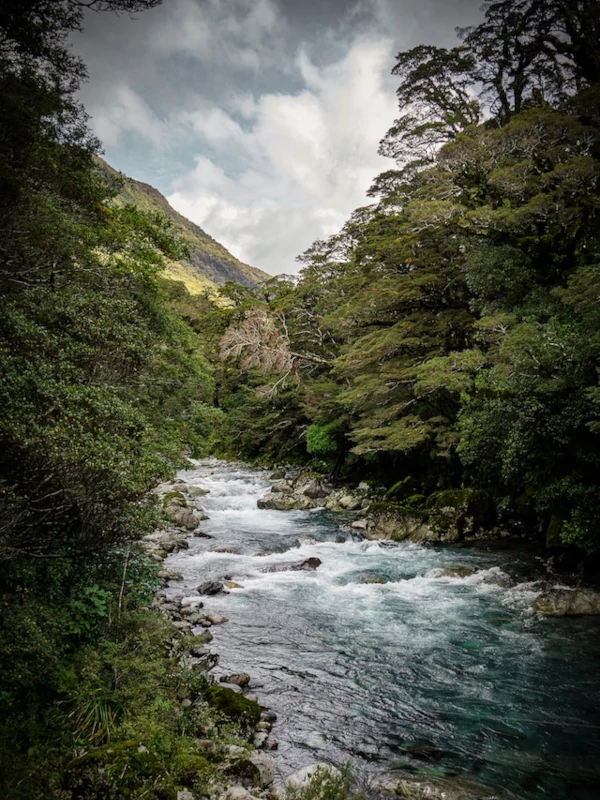The jewel in Fiordland's crown is Milford Sound, a world-famous fiord renowned for its dramatic beauty. Towering cliffs rise dramatically from the dark waters, while waterfalls, including the iconic Stirling Falls, cascade from immense heights. Doubtful Sound and Dusky Sound are other spectacular fiords within the park, each offering a unique charm and unspoiled wilderness.
In this pristine wilderness, visitors can explore a network of hiking trails, including the renowned Milford Track, one of New Zealand's Great Walks. Kayaking, wildlife viewing, and boat cruises offer opportunities to witness the park's rich biodiversity. With a diverse array of flora and fauna, Fiordland National Park is a sanctuary for nature lovers, boasting species like the native kea parrot and the elusive kiwi bird. Its stunning beauty and abundant wildlife make it a must-visit destination for those seeking an authentic encounter with nature.









